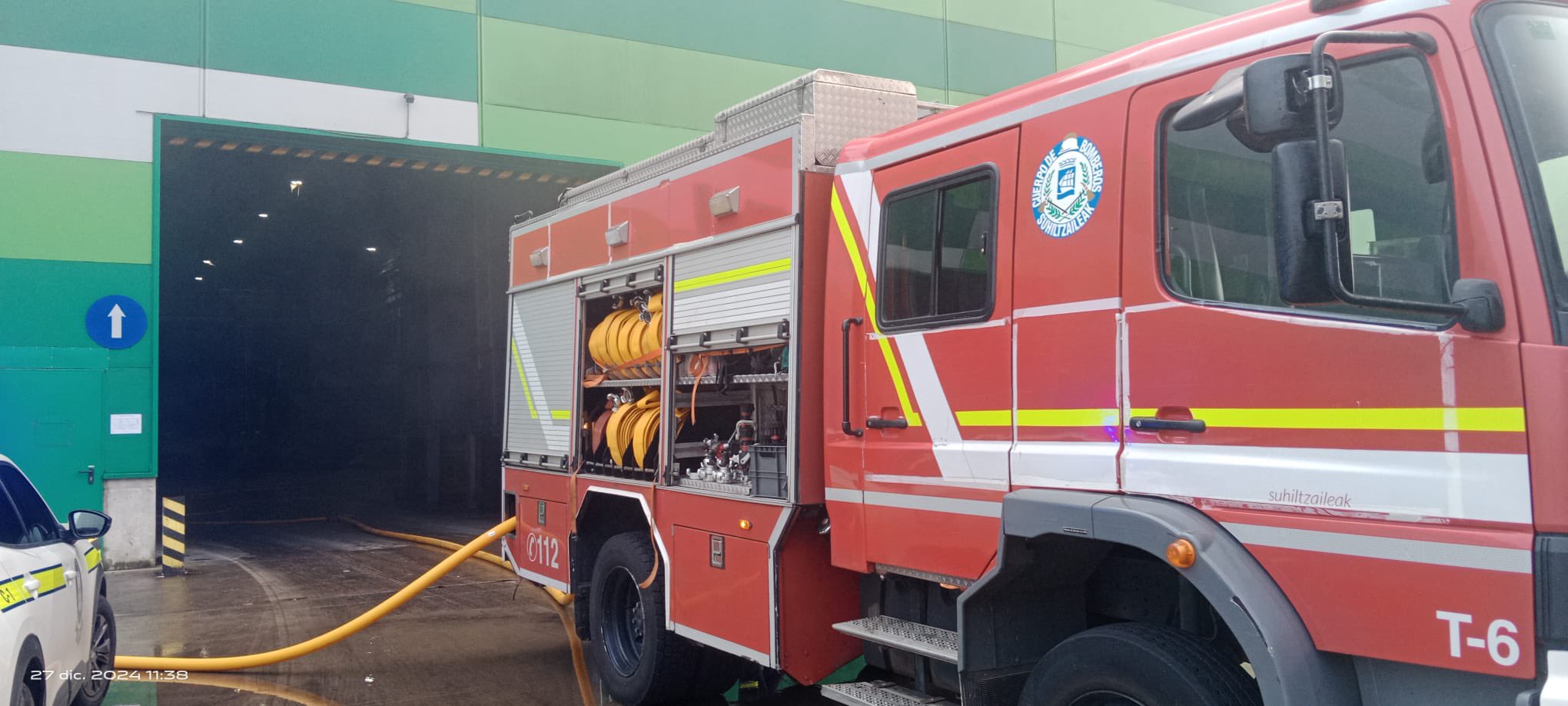They call a human chain for Sunday in La Concha against the incinerator
- Taking advantage of the second race of the La Concha Flag, members of the Anti-Incineration Movement have kept the date of recent years. This year, however, due to COVID-19, the mobilization scheme will be modified. The intention, however, will be from year to year, to show its opposition to the infrastructure that is being built in Zubieta and that is already polluting the surrounding area. They denounce that Donostia-San Sebastián is the municipality of Gipuzkoan that generates the most rejection per person and that in the last 5 years the City Council has not taken measures for the citizens to recycle more.

With the support of the following users, the Anti-Incinerator Movement has called on the human chain: ELA, LAB, EH Bildu, Ezker Anitza, Equo, Eguzki and Ekologistak Martxan.
Then complete reading of the movement:
We have arrived in September 2020, the incinerator of Donostia is built, in recent months they are doing tests (burning garbage) and in the short term they intend to put in place definitively the political groups (PNV, PSE), Deputies Forales, GHK and companies (Urbaser, Murias, LKS, Altuna and Uria, etc) that have promoted this facility for years. Its fireplaces leave smoke during these months and, unfortunately, it will soon be possible to demonstrate that the poisons that we have denounced many times are spreading around.
In the meantime, those of us who have been fighting for incineration and rational waste management for many years will continue and continue to fight, because, as we have said many times, there is a healthier, greener and cheaper alternative than incineration.
This alternative has been implemented in most of the municipalities of Gipuzkoa, resulting in a reduction of the amount of urban waste by 100 000 tonnes/year between 2009 and 2019 (238 000 tonnes in 2009, 138 000 tonnes in 2019), which is 42% less. In these municipalities, between 60% and 85% are being selectively collected, and in many cases they generate less than 100 kg of rejection per inhabitant per year. They have taken important steps but they have to continue to improve.
On the other hand, in Gipuzkoa there are a few municipalities, but with a lot of population, which in recent years have done nothing or nothing to improve the selective collection of waste. Irun, Hondarribia, Lasarte, Elgoibar… and all of them led by Donostia. In these municipalities, selective collection ranges from 40% to 50%, generating more than 200 kg of rejection per inhabitant per year. These municipalities make up half of the population of Gipuzkoa and generate more than three-quarters of the rejection. It is urgent that the municipalities of these municipalities make a change in the collection system and set the effective way.
The case of San Sebastian is really significant: In 2019, 288 kg of rejection per inhabitant has been generated, Gipuzkoa’s highest rejection rate and in the last five years there has been no improvement. Only San Sebastian has generated 53 000 tonnes of rejection in 2019, more than half of what an incinerator kiln can burn; Donostia is the main fuel supplier of the incinerator. And the City Council has no intention of changing this situation; it does not care to be a champion of Gipuzkoa garbage; it does not matter that by 2020 it is 8 points below the 50% selective collection that Europe has entrusted to it; it does not matter that three quarters of the grey bin are recyclable; it does not care that the amount of organic matter collected in Donostia-San Sebastian is lower than the Gipuzkoa average.
Faced with this situation, the Anti-Incineration Movement calls for participation in the Human Chain which will begin on 13 September at 11 a.m. in Alderdi Eder (in front of the City Hall). Unlike previous years, on this occasion the Human Chain will go from the beach to the Pearl and return to the starting point of the Paseo, without making stops on the route and maintaining the interpersonal safety distance.
GOIA, RAMOS, LISTEN RECYCLING YES, NO INCINERATION
YOUR BUSINESS DAMAGES THE ENVIRONMENT AND HEALTH.
YOUR TRASH DESTROYS THE PLANET.




















